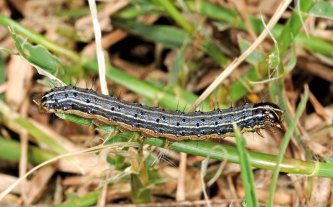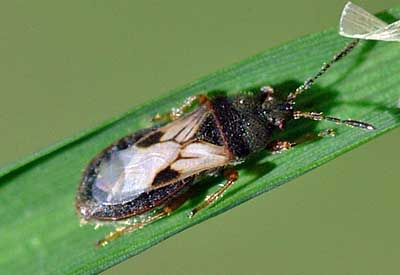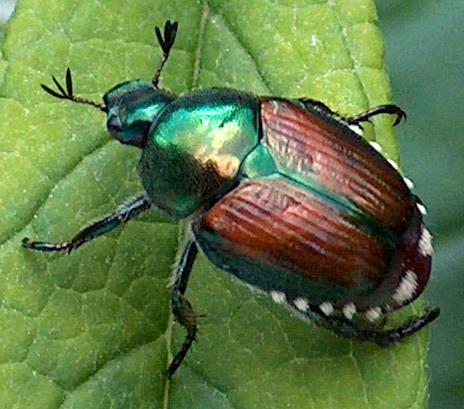A lawn is naturally filled with all kinds of insects. Most are harmless and beneficial, but there are several insects that can cause problems and even damage or kill your valuable turf if left unchecked. Insect control is a treatment that is applied when turf-damaging insects such as armyworms, chinch bugs, grubs, sod webworms, Japanese beetles and many more, begin feeding on your grass. It is imperative to identify and control the problem immediately.
Lawn insect control and perimeter pest defense is quite safe. There is no need for treatment inside your home. You do not even have to be there when we perform our insect control services.
Types of Lawn insects

Armyworms
A caterpillar that clusters to feed on grass leaves in daytime only and rest under dead or dying sod during the night. Their bodies are brown and hairy with green, beige, or black stripes. In the summer, adult moths deposit eggs on the grass, where the hatched larvae begin feeding. Armyworms are most active in the warmer months. Their activity forms irregular bare patches in the lawn that appear to have been poorly mowed. Large infestations can completely defoliate a lawn in a few days.

Chinch Bugs
A tiny bug that damage grass in their early stages. Adults have black bodies marked with a dark, triangular pad separating their folded wings. Immature bugs are reddish-colored with a white racing stripe running across their back. Adults are about the size of a pencil lead and fly from lawn to lawn. They usually do the most damage in hot, dry weather. Chinch bugs create, large spreading circular patches in lawns with heavy thatch.

Grubs
Are beetle larvae, typically white worms with brown heads. They lie curled in the soil and as temperatures rise, they migrate to the surface to feed on grass roots. They emerge in the summer as Scarab, Rinoceaus, May and June bugs and others. Grubs do their damage by eating grass roots, causing irregular brown patches in the lawn. Grubs eventually turn into adult beetles and emerge from soil to mate and lay eggs, which hatch into more grubs.

Sod Webworms
Are the caterpillars of moths. Once they hatch from small cocoons in layers of thatch, they begin feeding on grass blades. They feed at night and rest in damaged sod or that in daytime. Sod webworms chew the grass blades off very near the thatch layer and drag them into tunnels they build in or above the thatch. The result is patches that look like they’ve been scalped. The most severe damage shows up in July and August during hot weather.

Japanese Beetles
This beetle is believed to have arrived from Japan into New Jersey during the 1900’s, and slowly made its home in most of the eastern states. This beetle has become a serious plant pest and a threat to American agriculture. They have vivacious appetites and can wreak havoc on a lawn and ornamental plants if left untreated.
Before you see any Japanese beetles on your plants, immature grubs feed on plant and grass roots in the spring, just under the soil surface. Adult beetles live for 30 to 45 days. They feed on hundreds of species of ornamental plants, fruit trees and vegetable crops. Adult beetles leave skeletonized leaves and large holes in leaves. A Japanese Beetle is commonly identified by its unique coloring, appearing as an emerald dark green to black with copper brown wing covers. Their larvae, a white grub is approximately 3/4 inch in length.
Before you see any Japanese beetles on your plants, immature grubs feed on plant and grass roots in the spring, just under the soil surface. Adult beetles live for 30 to 45 days. They feed on hundreds of species of ornamental plants, fruit trees and vegetable crops. Adult beetles leave skeletonized leaves and large holes in leaves. A Japanese Beetle is commonly identified by its unique coloring, appearing as an emerald dark green to black with copper brown wing covers. Their larvae, a white grub is approximately 3/4 inch in length.
